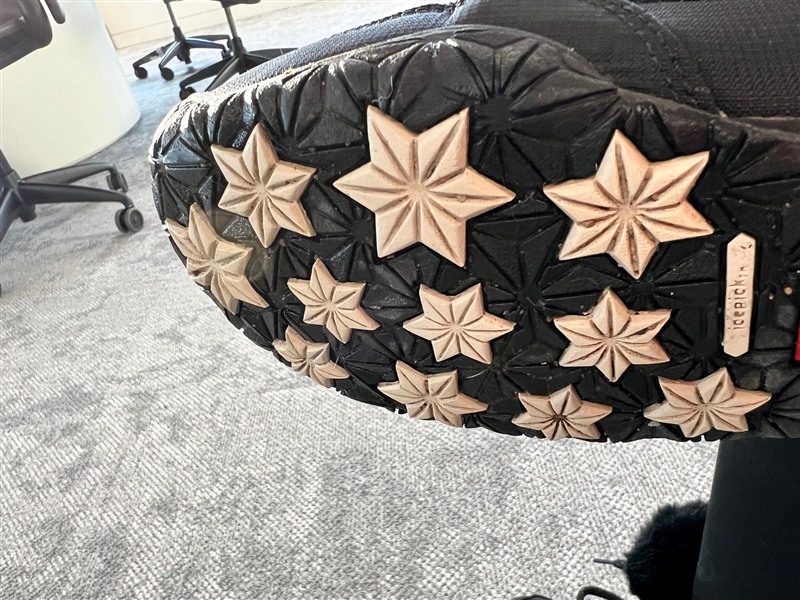Sounds like the start of one of those cheesy Christmas cracker jokes doesn't it?
But no… I'm serious! I’d really like to know!
Talking to a colleague this morning about engineering (which you quite often do when you work for the Institution of Engineering and Technology) and we were discussing the various ways that both engineering and technology play a part in our everyday lives. Often in ways that are not immediately obvious.
I’ve worked for the IET for almost 20 years now and come across my fair share of engineering disciplines. I’ve aided numerous groups of volunteers (our Local Networks) across the world from the USA, UK and Europe, the Middle East and across South East Asia and over to Japan to organise engineering events, as well as our Technical Networks covering the Built Environment, Asset Management, Project Controls, Vision & Imaging and Multimedia Communications. You can’t help however, to be absorbed by the subjects you come into contact with and it does indeed start to get under your skin. A bit like the cold weather we’re experiencing in the UK at the moment!
My colleague and I got onto the subject of tribology as we have a Tribology Network at the IET and as I was explaining to him what tribology is (the study of friction, wear and lubrication) using the example of a rugby ball and how it’s designed for grip and bounce factor on wet grass etc, I also remembered that today I’m wearing my ‘icepick technology’ boots from a well known outdoor clothing brand and again, being the geekette that I am, start into an explanation of how they work.
The boots themselves have a star shaped pattern on the sole that, when the temperatures drop, firm up in order to give better grip on icy surfaces. So I’m guessing that my current footwear includes elements of not only #Tribology engineering but also sit within the realms of materials engineering too?

To be fair, I’m yet to decide whether these particular boots are better at gripping than my regular warm winter boots but I can definitely say they’re better than a cheap pair of wellingtons, although not as waterproof...
Which brings me back to the title of this post. What boots would Tribology engineers recommend for wearing on icy surfaces?
So calling all you #Tribology engineers out there, I’d love to know, in the comments below!
-

Geoff At Home
-
Cancel
-
Vote Up
0
Vote Down
-
-
Sign in to reply
-
More
-
Cancel
-

Deborah-Claire McKenzie
in reply to Lisa Miles
-
Cancel
-
Vote Up
0
Vote Down
-
-
Sign in to reply
-
More
-
Cancel
Comment-

Deborah-Claire McKenzie
in reply to Lisa Miles
-
Cancel
-
Vote Up
0
Vote Down
-
-
Sign in to reply
-
More
-
Cancel
Children